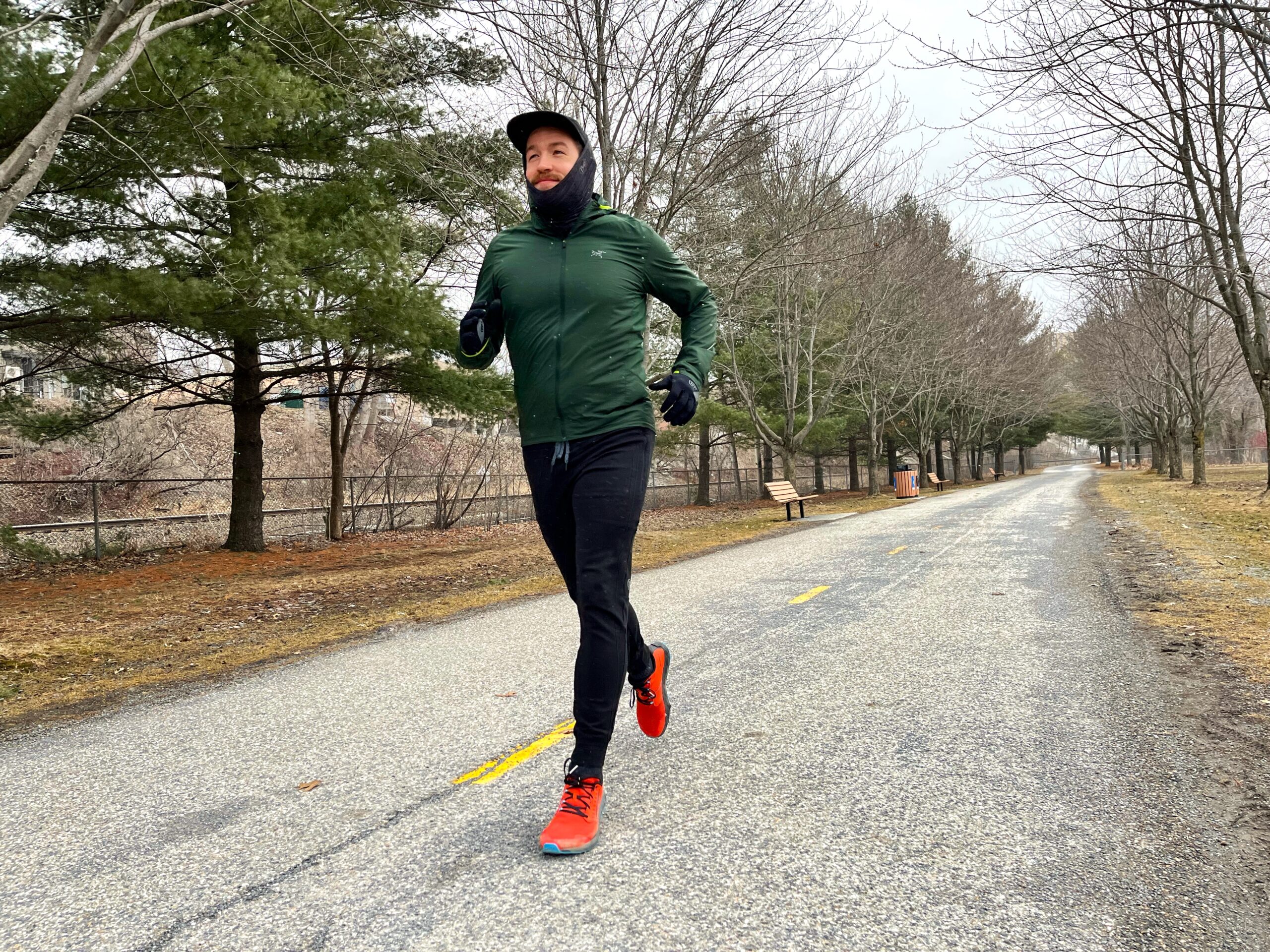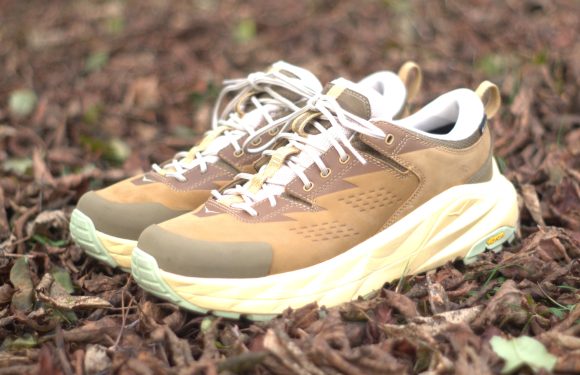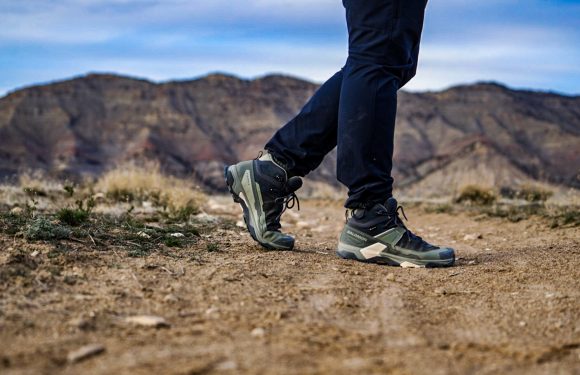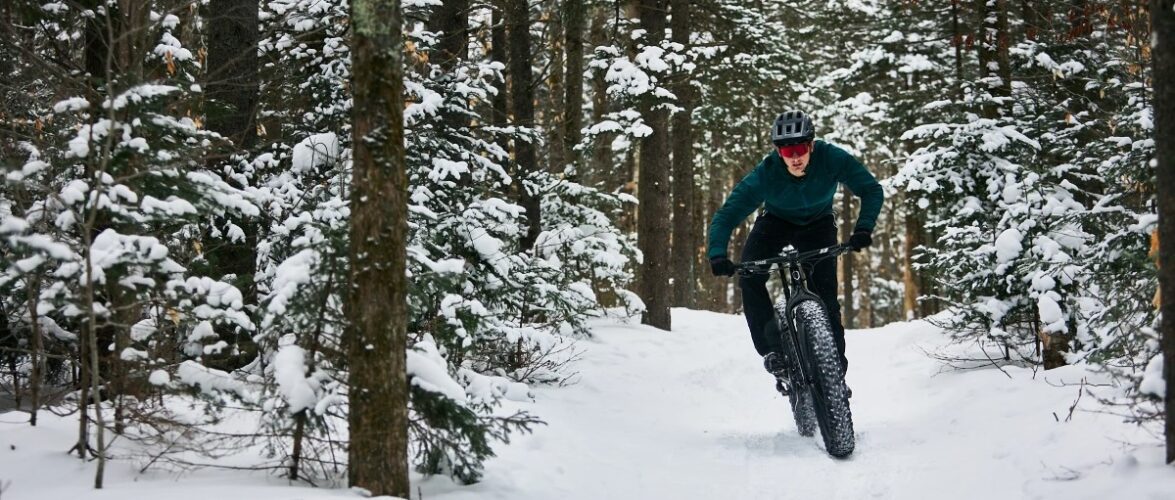
When I heard that WTB was launching new fat bike tires, I was quite surprised, considering the prevailing notion worldwide that fat biking is declining. It took no time at all for them to send the tires my way for review after I reached out to them via email.
About WTB
They were feeling bored, so they decided to shake things up. Unable to find what they wanted, they took matters into their own hands and created it. Yet, even after bringing it into existence, they weren’t satisfied. They continuously strived to improve it, making it better with each iteration. Ever since their inception, riding makeshift, poorly equipped bikes down Mt. Tam in ’82, they’ve been driven by the belief that life is better with bikes. They hold firm to the idea that better bikes lead to a better life, hence their relentless pursuit to create components that enhance every aspect of the riding experience.
The Bailiff
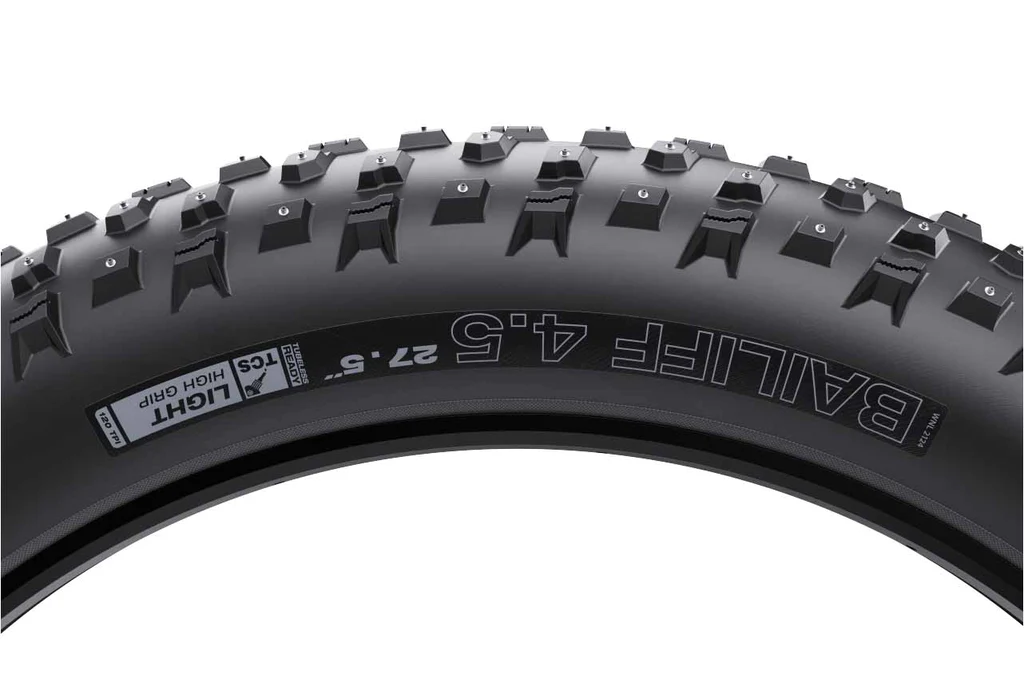
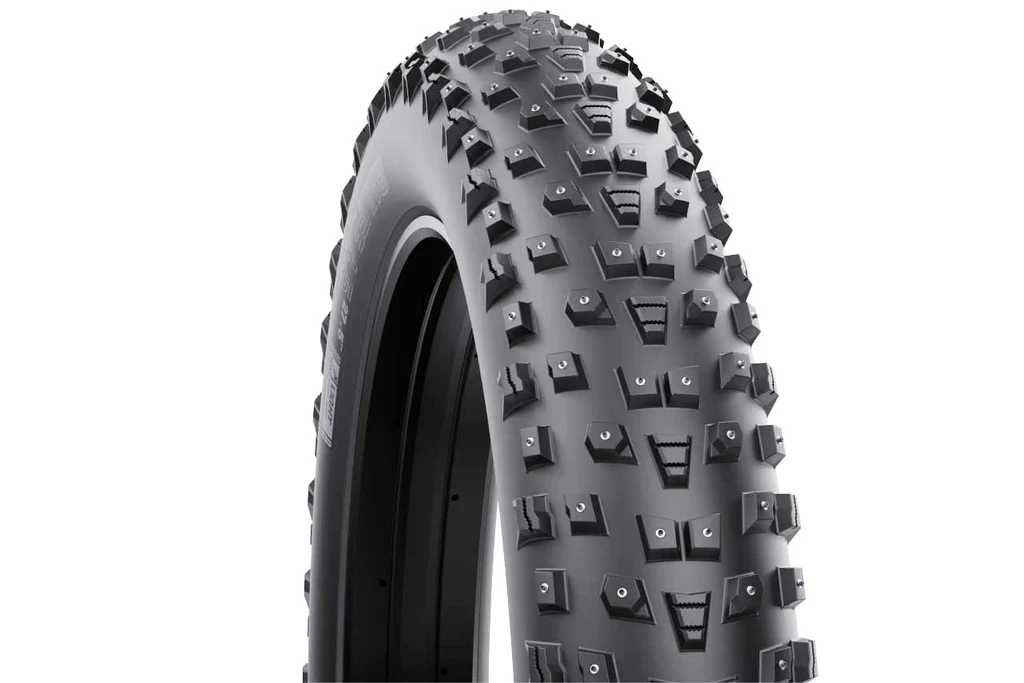
The Bailiff maintains control even in the harshest winter conditions. Its 4.5″ width offers ample surface area to float on fluffy snow, while its tall, widely-spaced knobs enhance braking and cornering traction on packed snow. Available with or without carbide studs pre-installed, all versions feature 312 stud pockets for unbeatable traction on ice. The Bailiff’s tubeless-ready 120 TPI casing provides a supple ride feel, adapts to all surface conditions, and minimizes rotational weight. Its snow-specific compound remains pliable at extremely cold temperatures, delivering unparalleled traction on the coldest days of the year. Refusing to acknowledge winter as the “off” season? Keep pedaling with the Bailiff.
Testing
Testing spanned over 2 months and approximately 300 km across various types of snow, terrain, and temperatures. From compacted ice to fluffy snow, the Bailiff faced diverse conditions during the testing phase. Despite being tubeless-ready, I opted to run them with tubes and the studded version.
Upon receiving the tires, the first thing I noticed was their grippy rubber compound. Although reminiscent of the Surly Bud and Lou, I remained aware that tactile impressions don’t always correlate with performance.
Initial tests on hard-packed snow revealed impressive traction during cornering, thanks to strategically positioned tall knobs that stayed clear of snow buildup. It felt akin to mountain biking on snow, a sensation I hadn’t experienced with fat bike tires before.
Subsequent tests in colder temperatures and icier conditions required a couple of rides to dial in the tire pressure for optimal performance. Once adjusted, the response was remarkable, with the studs exhibiting reliable grip. The well-settled knobs further solidified the Bailiff’s performance on such terrain.
The final tests were conducted in warmer temperatures and softer snow. While some tires excel in hard-packed and icy snow but falter in softer conditions, a reliable fat bike tire for winter riding should perform consistently across all scenarios, which the Bailiff accomplished admirably. Its directional tread and tall knobs provided grip without accumulating snow—a common issue with certain tires. We experimented by running the rear tire backward, yielding interesting observations on traction while climbing challenging terrain. While I didn’t notice a significant improvement personally, there was a discernible difference in feel.
In conclusion
I was thoroughly impressed with WTB’s thorough preparation before launching the Bailiff. It’s a tire that I’ve come to appreciate and have decided to keep on my fat bike. There’s undoubtedly a demand for a 26” version, opening up opportunities for a wider user base—an aspect WTB might consider for future iterations.
You can have more information about WTB here:




